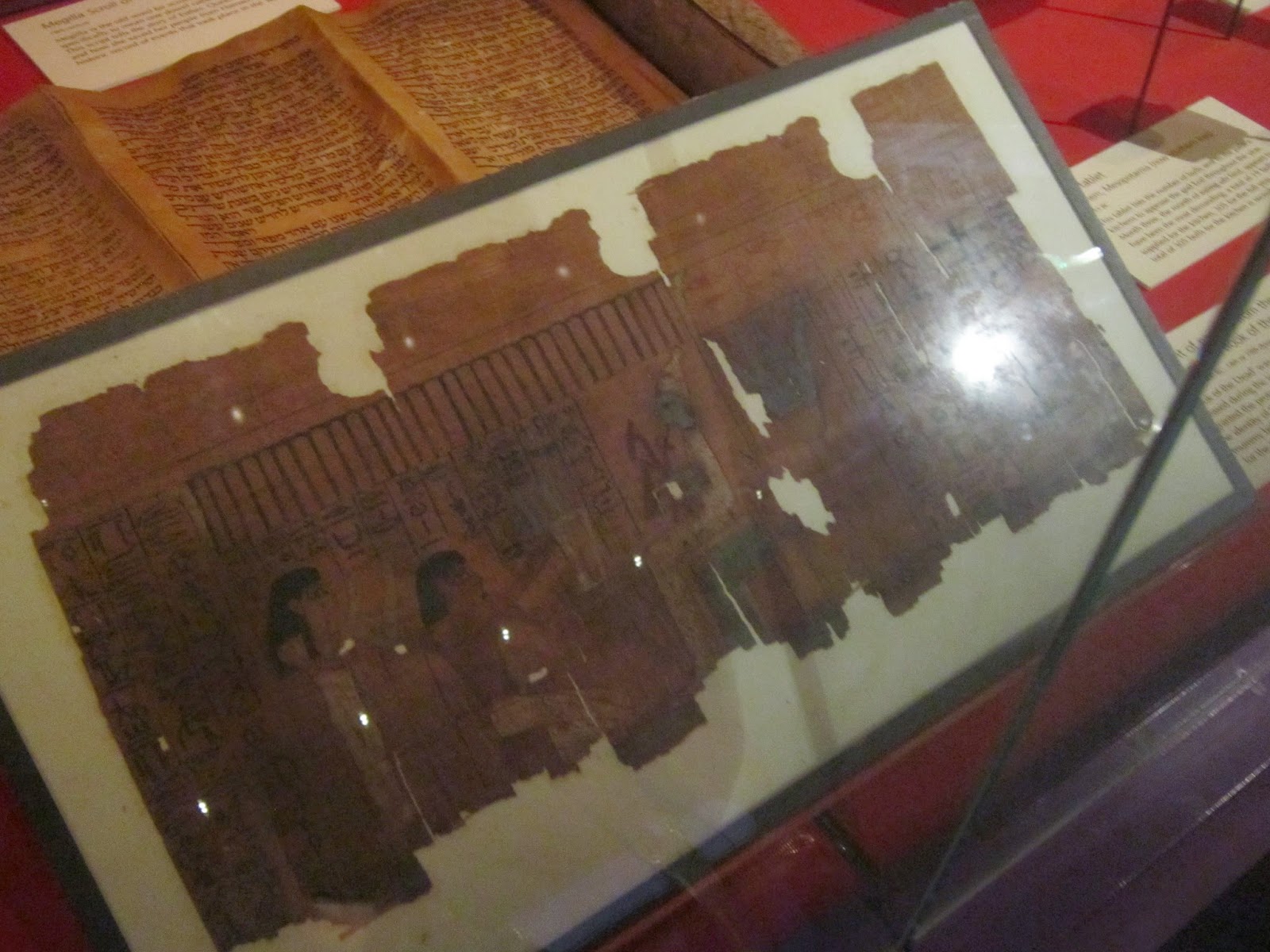
Strictly speaking Suk- Hyun Hanbok isn't a Japanese designer but actually a Korean fashion designer.
However I find that traditionally Chinese, Korean and Japanese (Eastern Asia) cultures are sympathetic and been influenced by each other over the time.

Suk-Hyun's designs are all heavy layered with a recognisable East Asian print pattern.
The term Hanbok translated means tradition dress, this means that Suk-Hyuns designs are the traditional style but with a contemporary twist by, from what I can tell, the choice of fabric, vibrant colours and patterns used.
The designs also give a nod to more traditional Hanboks by the use of decoration through embroidery as well as pattern woven fabrics.
To me, the patterns are all quiet natural and fresh because of they are floral and leafy shapes, giving the heavy, almost bulky clothing a softer feminine touch.
However, despite the Hanboks being a little 'bulky' and having a awkwardness to them, I like the shapes and styles of them because it has that traditional quality. Personally I've always found that the traditional side helps inspire the ideas for my work and this style will no doubt influence my future work.
All images from:
http://sukhyun.co.kr/new/
The designs also give a nod to more traditional Hanboks by the use of decoration through embroidery as well as pattern woven fabrics.
To me, the patterns are all quiet natural and fresh because of they are floral and leafy shapes, giving the heavy, almost bulky clothing a softer feminine touch.
However, despite the Hanboks being a little 'bulky' and having a awkwardness to them, I like the shapes and styles of them because it has that traditional quality. Personally I've always found that the traditional side helps inspire the ideas for my work and this style will no doubt influence my future work.
All images from:
http://sukhyun.co.kr/new/






























